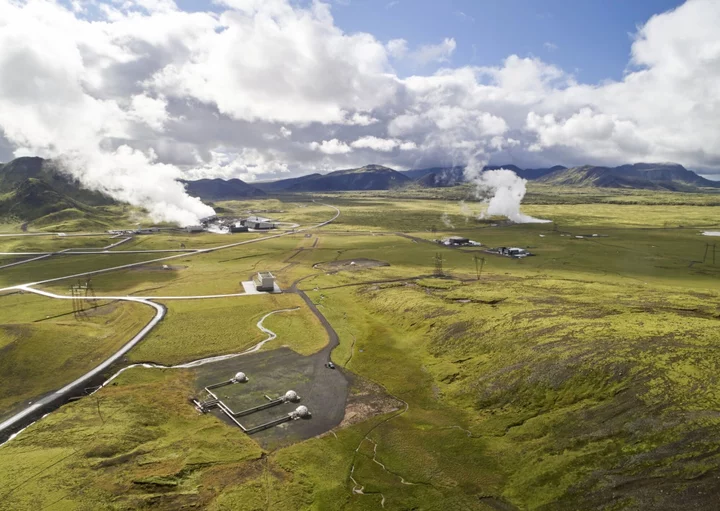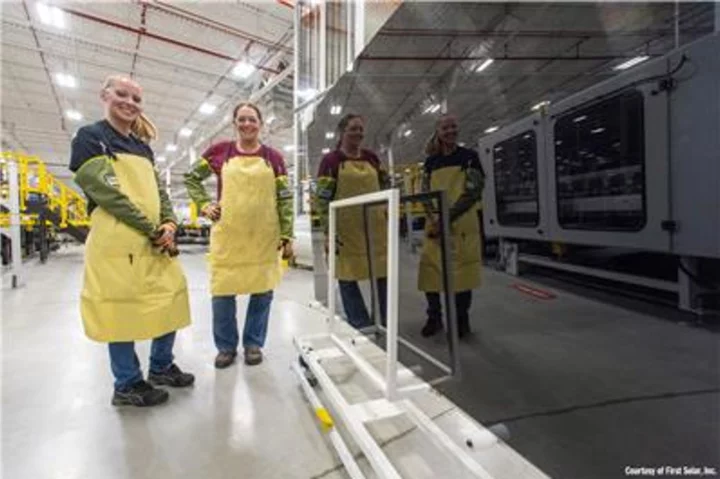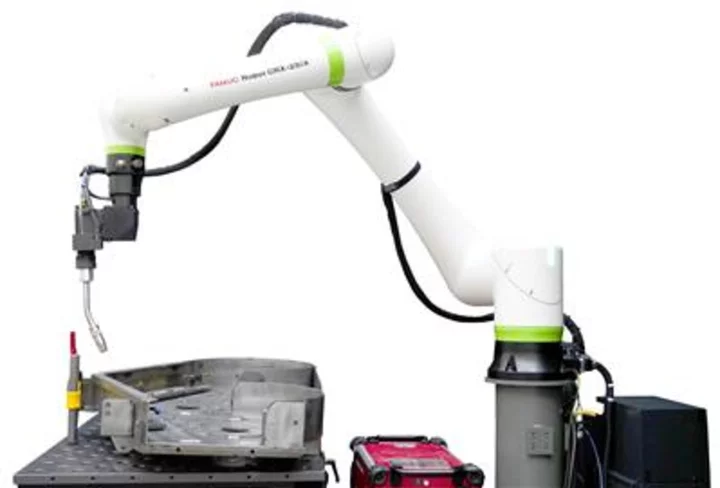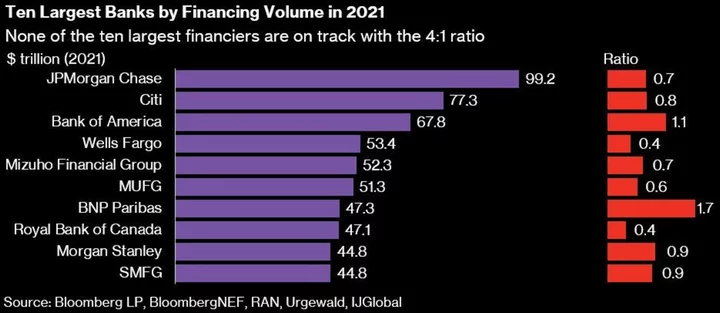The Biden administration is throwing its weight behind technology that sucks planet-warming carbon dioxide out of the air, and is poised to announce as soon as Friday the first winners of a $3.5 billion fund dedicated to developing the machines scientists say will be needed to stop the worst effects of climate change.
Projects proposed by Occidental Petroleum Corp. in Texas and Swiss start-up Climeworks AG in Louisiana are front runners for the first tranche of funding, some $1.2 billion, according to people familiar with the matter.
The Energy Department and Climeworks declined to comment. Occidental didn’t respond to a request for comment.
Direct air capture (DAC) involves using machines to pull CO2 out of the ambient air and store it using a variety of techniques. The industry is young and still maturing. Climeworks operates the largest DAC plant in the world in Iceland, which is able to capture 4,000 tons of CO2 annually. That’s equivalent to a few seconds of humanity’s carbon emissions.
The company is currently building a plant that it says will be capable of capturing 36,000 tons of CO2 each year, and other startups are looking to build plants capable of grabbing thousands of tons of the greenhouse gas from the air. Even with these efforts, DAC remains costly and requires a large amount of energy.
Read More: Carbon Capture: The Vacuum the Climate May Depend On
The world will need DAC as well as other forms of carbon dioxide removal to scale up rapidly in the coming decades. Nearly every scenario to limit global warming to 1.5C, a target set under the Paris Agreement, will require removing billions of tons of carbon from the atmosphere each year by mid-century, climate scientists say.
A good milepost to gauge whether that’s achievable will be if the industry can capture 1 million tons of CO2 a year by 2030. The market for those services could reach $1 trillion before the end of the 2030s, according to BloombergNEF research, if the world prioritizes high-quality carbon removal over offsets.
About 18 direct air capture projects are operating around the world, but the ones being announced by the Energy Department will become the first commercial-scale deployment in the US, said Sasha Stashwick, director of policy for Carbon180, an organization focused on carbon removal policy. The overall funding represents a 400-factor increase in DAC capacity, she said.
“This is a really big deal in the world of carbon removal,” Stashwick said. “This is going to be the largest deployment of carbon removal ever.”









